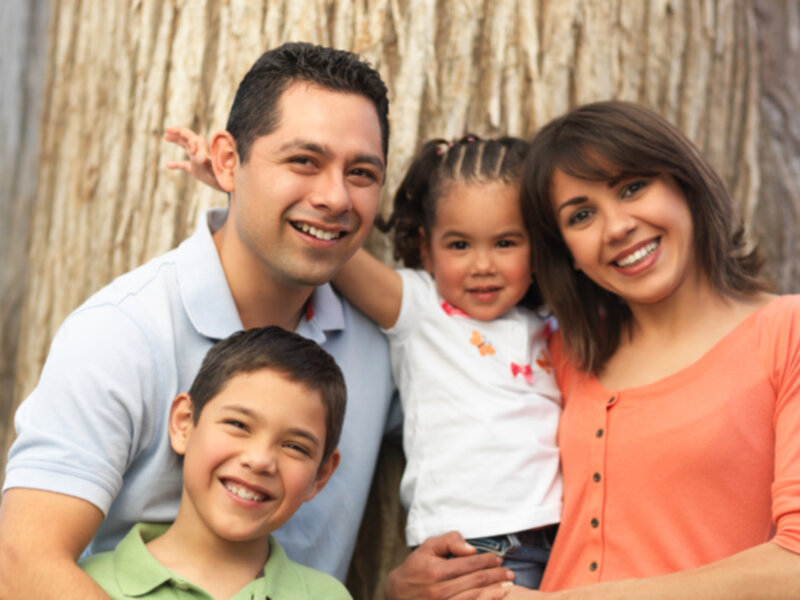Recent Research on Family Engagement with Dual Language Learners
A report by the California Governor’s State Advisory Council on Early Learning and Care compiled six research papers on best practices for young dual language learners. One of the papers, “Family Engagement in Early Childhood Programs: Serving Families of Dual Language Learners,” looks at the many positive developmental outcomes that are clearly linked to parent involvement in schools. As the editors say in their introduction, “The paper pays particular attention to how to foster family engagement with families of young dual language learners.”

It’s important to realize that dual language learners (usually referred to as DLLs) are the fastest-growing child population in the United States. In fact, the numbers of DLLs in K-12 has grown nearly 65%, while the overall number of children in K-12 has grown only about 4% in the last 20 years. In California alone, the number of DLLs has doubled, and half of all preschoolers in the state are DLLs. The number one heritage language for DLLs is Spanish.
This research paper lays out six characteristics that define family engagement: joint decision-making; regular two-way communication; collaboration and exchange of knowledge; learning in the home and in the community; joint family goal setting; and professional development that helps teachers engage DLL families in the academic environment.
The paper concludes that the key to success for DLLs is to create strong and ongoing partnerships with families and schools that seriously address these families’ bilingual and bicultural concerns.
https://www.lecturabooks.com/product/house-literacy-elementary-collection” target=”_blank”>Lectura Books offers award-winning books in Spanish and English for Parent Engagement.
